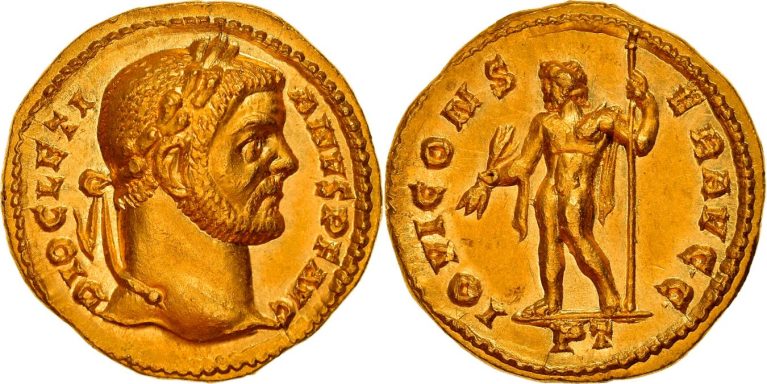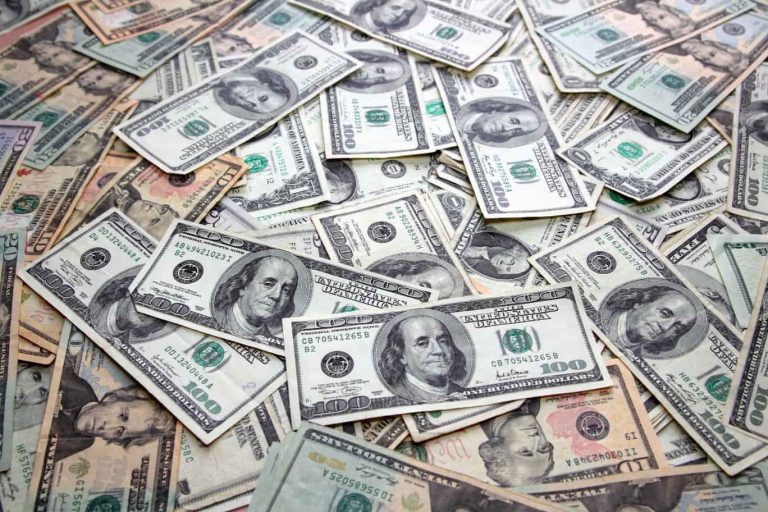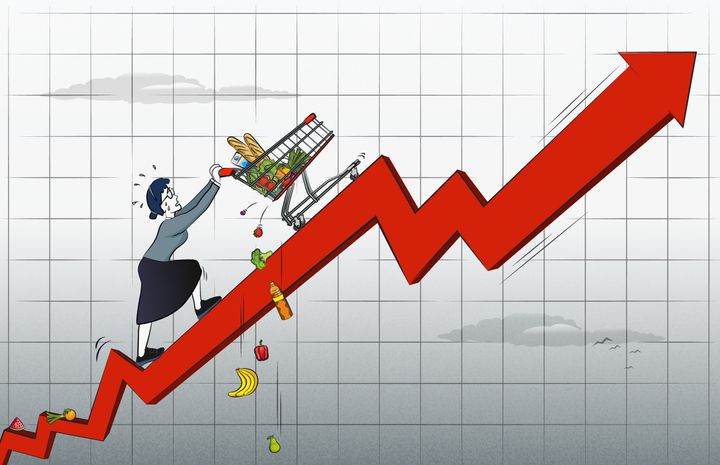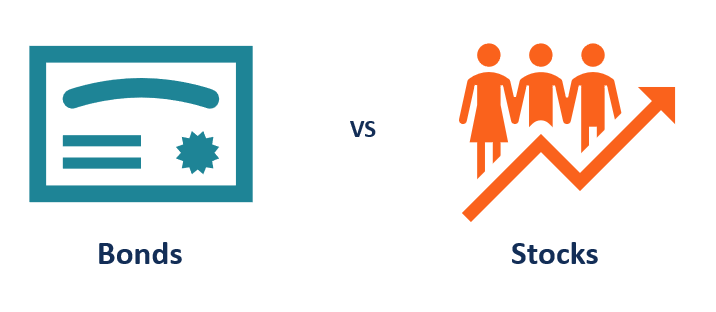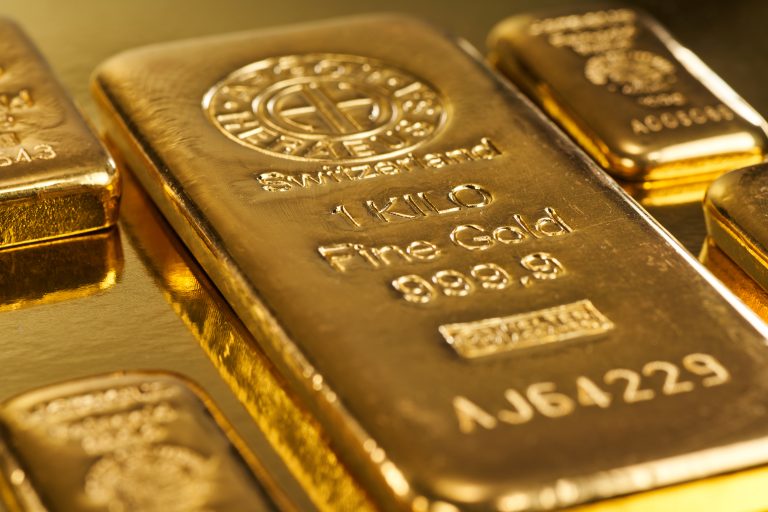Nothing new under the sun
Published on 17th May 2023
In the year 301 AD, the Roman emperor Diocletian has issued his famous ‘Edict on maximum prices’. This law attempted to fix the prices of commodities, wages and freight rates throughout the empire. It named the prices of no less than a thousand different products, from grain and wine, to the prestigious purple silk, which was used to make the robes of the aristocracy. Copies of the edict were presented in every town square, and any violation was punishable by death. Diocletian believed that by fixing prices he could stop the inflation, which was ravaging the economy at the time. Needless to say that his attempt has failed miserably. Merchants would rather risk death than sell their products at a loss. The edict was largely ignored, and eventually abandoned.
The inflation which the Romans were dealing with did not happen overnight. It was the result of an entire century of political turmoil and currency debasement. Beginning in the year 193 AD, which saw no less than five different emperors vying for control, the Roman empire was plagued by civil wars, epidemics and barbarian invasions. In order to deal with these crises, its leaders resorted to gradually reducing the silver content of the denarius, which was the coin of the realm. From a coin which originally was made of almost pure silver, it has slowly turned into a bronze coin, with nothing but a thin silver coating. Over time, the merchants noticed that the new denarii were less valuable than the old ones, and increased their prices accordingly. But they were not responsible for the inflation. As always, the expanding money supply was strictly the fault of the government. Most people were impoverished by this inflation, but those who kept their savings in gold were immune to it.
Centuries have passed, but the principals which governed the economy during the days of the Roman empire still apply. At the end of World War II, delegates of the 44 allied nations convened at the Mount Washington Hotel in Bretton Woods, New Hampshire. It was agreed that from then on the US dollar would serve as the global reserve currency. The US would back its currency with gold, and the rest of the nations, which were devastated by the war and had very little gold reserves left, would back their currencies with dollars. The link between the various national currencies and gold was weak and indirect, but it existed nonetheless. This gave them enough credence to support the post-war reconstruction, and the world economy was able to prosper once again.
However, during the 1950’s and 1960’s, the US government took a different approach. The federal government has spent ever increasing sums on the wars in Korea and Vietnam, and on expanding social benefits, such as social security, food stamps, Medicare and Medicaid. In order to fund these programs, the Federal Reserve was forced to issue dollars far in excess of the gold it had to back them. Effectively, this has debased the dollar, just as the Romans have done with their silver denarius. As a result, the rate of inflation in the US started to creep up, from an average of 1% during the early 60s, to 4.5% at the end of the Lyndon Johnson presidency. Led by France, America’s trading partners have begun to convert their overvalued dollars to gold. During that period, the reserves at Fort Knox declined from about 20,000 to just under 10,000 metric tonnes.
When Richard Nixon rose to power in 1969, he had little choice but to renege on the Bretton Woods agreement. On August 15th 1971, he delivered his famous televised address, in which he suspended the convertibility of dollars into gold. This has severed the last tie between our currencies and a tangible commodity. Few people remember, but on the same occasion he also imposed a 90-day freeze on all wages and prices, just like emperor Diocletian did 1,670 years earlier. Unsurprisingly, this had no long-term impact on inflation. It abated for a short while, but then started to rise again, reaching no less than 12% in 1974, and over 14% by 1980. Yet again, those who were wise enough to keep their savings in gold were protected from inflation. During the 1970s, the price of gold rose from about $40 an ounce all the way to $800 an ounce, compensating its holders for the dramatic decline in the purchasing power of the dollar.
The only surprising aspect of the current financial situation is that the price of gold has not moved substanitally higher. In the summer of 2020 it set an all time of $2,075, but since then it has entered a prolonged period of consolidation. Lately, it briefly touched this level again, against the backdrop of the developing banking crisis in the US. But it is yet to break out of this trading range, and resume its upward trajectory. This left many precious metals investors perplexed. How come the performance of gold has been so underwhelming, in the face of such persistently high inflation? Well, first of all, we wish to remind you that this consolidation comes after an impressive 70% rise in the price of the metal, which occurred between 2018 and 2020. It is as though the price of gold has anticipated the inflation, and reacted in advance. Therefore it is only natural for it to consolidate, in preparation for any future move.
Furthermore, we wish to point out that though the price of gold has been moving sideways in dollar terms, it has been setting record highs in terms of other currencies. The price of gold is at all time highs in terms of Euros, British pounds, Japanese Yen, Canadian dollars and Australian dollars. We believe that the citizens of these major economies, who happen to be holding gold, are quite pleased with their investment. It is mainly to Americans that gold’s performance appears lackluster. Indeed, due to a decisive tightening campaign by the Federal Reserve, the US dollar has been remarkably strong during 2022. But as Jerome Powell has signaled recently, this tightening cycle is drawing to its end. We suspect that the current turmoil in the banking sector will not permit rates to go much higher, and that the dollar will no longer be a headwind to the price of gold.
Last but not least, we wish to bring to your attention a new factor that may impact the price of precious metals positively, and only recently became relevant. As you may know, most asset portfolios are managed nowadays according to the 60/40 model, which divides the capital between two asset classes – stocks and bonds. Stocks are considered as the risky and volatile portion of the portfolio, while bonds are supposed to be stable and boring. Stocks are expected to perform well In good times, and provide most of the growth. Bonds, on the other hand, are supposed to perform well in bad times, and compensate investors for any declines in the stock market. However, this theory works well only in a high growth, low inflation environment, the kind of which we’ve had continuously since the early 1980s.
But now circumstances have changed. As you may recall, there’s an inverse ratio between the yield of a bond and its price. In the past three years interest rates across the world have risen considerably, which has pushed the price of these bonds down. To illustrate this point, please consider the price of the ishares TLT ETF, which invests in long dated US treasuries. Since its all time high, which was reached in March of 2020, this ETF has lost over 40% of its value. That is a tremendous loss of capital, for an investment vehicle which is supposed to be the safest in the world, and the cornerstone of every retirement portfolio.
Thus far the losses in the bond market have been substantial, but they haven’t triggered a complete collapse. It seems that investors are expecting the bond market to rally, in response to the banking crisis and a falling rate of inflation. As a result, the US treasury yield curve is deeply inverted, and long dated bonds are trading at a lower yield than short term treasury bills. But if for some reason these expectations will not materialize, for instance if inflation turns out to be hotter than expected, or if a major issuer suffers a default, the bond market may enter a protracted bear market. In this case asset managers will need to ask themselves – what safe and reliable alternative is there to bonds? We believe that there is nothing new under the sun, and that gold will once again serve as a safe haven. Right now the allocation to precious metals in the average portfolio is negligible. If only a small fraction of the roughly 200 trillion dollars invested in financial markets across the world finds its way to gold, this could have a dramatic impact on the price.
Therefore we urge you to be patient. History has demonstrated time and again that precious metals perform exceptionally well in times of crisis and high inflation, and we are confident that this time will not be any different. There is reason to believe that the inflation we are witnessing today is far from over, and that it will accompany us for years to come, just as it did during the 1970s. It seems that the public has not yet caught wind, and still has full faith in the Federal Reserve’s ability to bring inflation down to pre-pandemic levels. Unfortunately, we don’t share this belief. In our opinion, this consolidation in the price of gold should be regarded as a buying opportunity.

